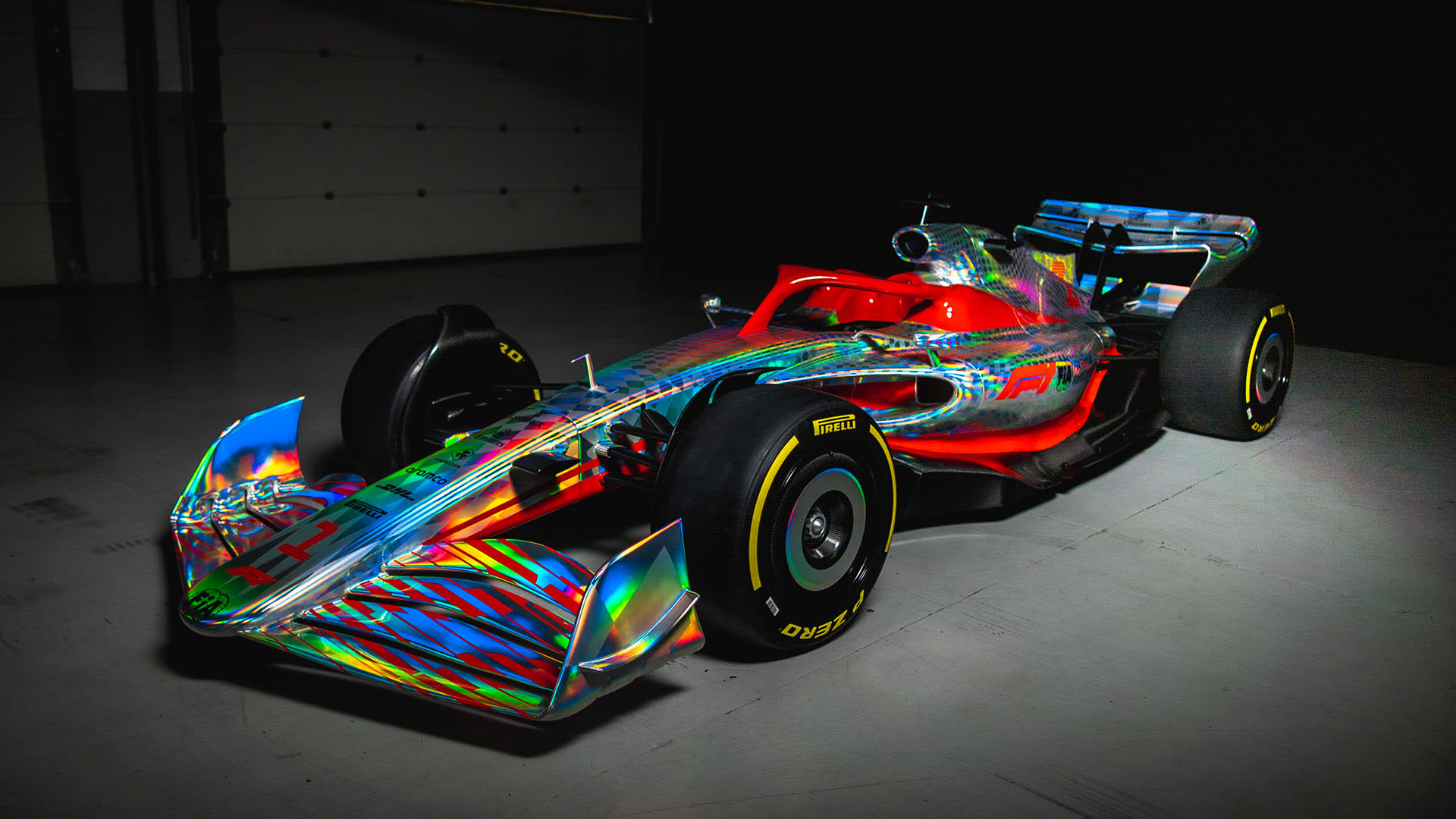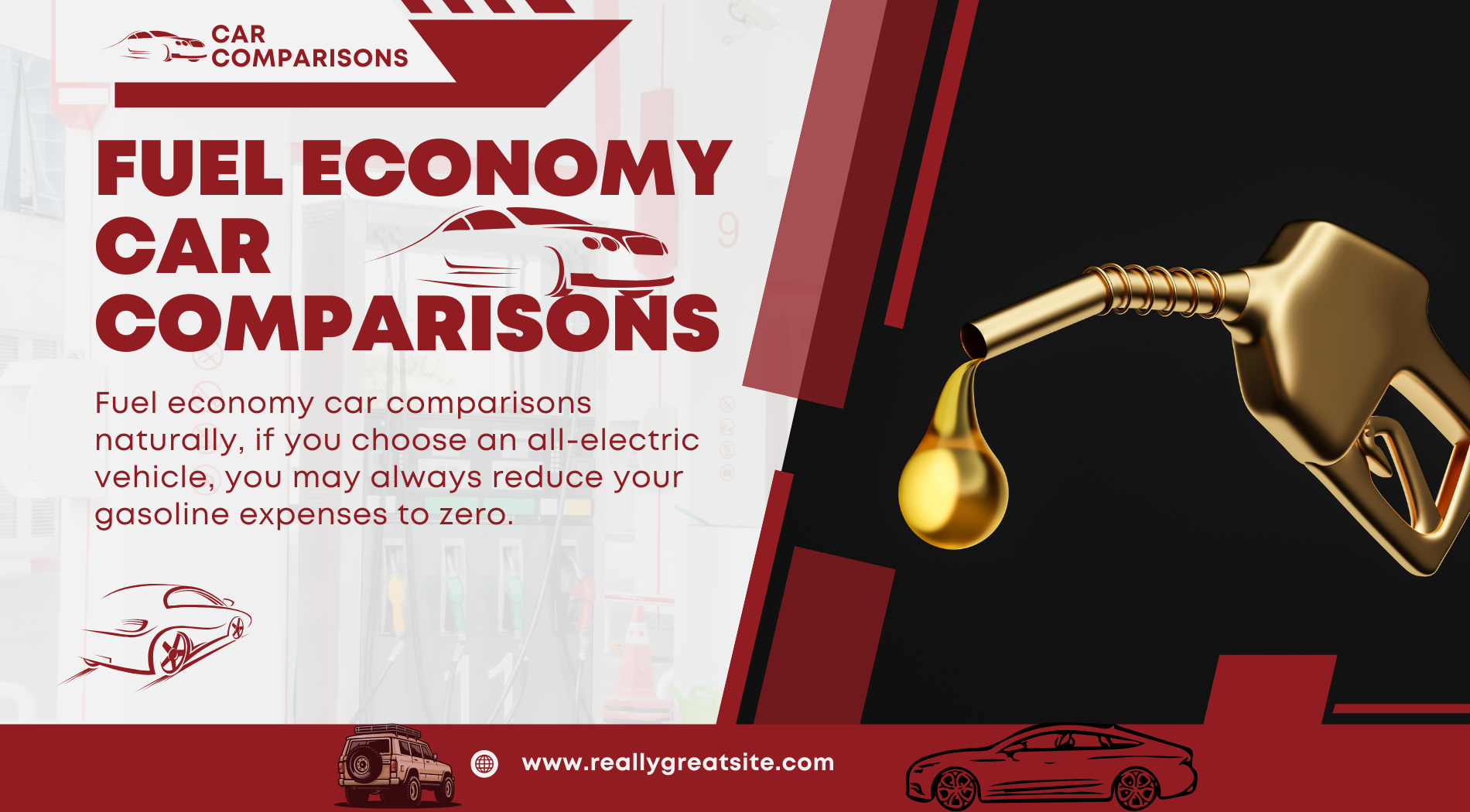Understanding the size and design differences between a f1 car size comparison normal car can be quite fascinating. This comparison sheds light on how these vehicles serve their distinct purposes, from the race track to daily commutes.
What is an F1 Car?

An F1 car is a single-seater, open-wheel race car designed specifically for Formula 1 racing. These cars are the pinnacle of automotive engineering, built for speed, agility, and precision on the race track. They embody cutting-edge technology and innovation, pushing the limits of what’s possible in vehicle performance.
Dimensions of an F1 Car
To fully grasp how different an F1 car is from a normal car, let's break down its dimensions:
- Length: Typically around 5.5 meters (18 feet).
- Width: Maximum width is about 2 meters (6.6 feet).
- Height: Around 1 meter (3.3 feet).
- Weight: Minimum weight including the driver and tires is about 798 kg (1,759 lbs).
What is a Normal Car?

A normal car, often referred to as a passenger car, is designed for everyday use. These vehicles prioritize comfort, safety, fuel efficiency, and practicality, making them suitable for a wide range of driving conditions and purposes.
Dimensions of a Normal Car
Normal cars vary widely in size, but typical dimensions are:
- Length: Usually between 4 to 4.5 meters (13 to 15 feet).
- Width: Around 1.8 meters (5.9 feet).
- Height: Approximately 1.5 meters (4.9 feet).
- Weight: Average weight is about 1,500 kg (3,307 lbs).
Length Comparison
When comparing length, an F1 car is slightly longer than most normal cars. The extended length helps with aerodynamics and stability at high speeds. In contrast, normal cars are shorter to facilitate easier maneuvering and parking in urban environments.
Width Comparison
F1 cars are wider than most normal cars. This increased width enhances their grip and stability during high-speed cornering, crucial for maintaining control on the track. Normal cars have a narrower profile to navigate city streets and fit into parking spaces more easily.
Height Comparison
F1 cars are significantly lower to the ground, enhancing aerodynamics and lowering the center of gravity for better stability. Normal cars have a higher profile to provide more headroom and comfort for passengers.
Weight Comparison
F1 cars are much lighter than normal cars, thanks to the use of advanced materials like carbon fiber. This lightweight construction is vital for achieving high speeds and quick acceleration. Normal cars, being heavier, are built to balance performance with comfort, durability, and safety.
Design Differences
The design of an F1 car is entirely focused on performance. Every aspect, from the chassis to the aerodynamics, is optimized for speed and agility. Normal cars, however, are designed with a broader set of priorities, including passenger comfort, cargo space, and fuel efficiency.
Performance Differences
In terms of performance, F1 cars are in a league of their own. They can accelerate from 0 to 100 km/h (62 mph) in about 2.5 seconds and reach top speeds exceeding 350 km/h (217 mph). Normal cars, designed for everyday use, typically accelerate from 0 to 100 km/h in 8-10 seconds and have top speeds around 200 km/h (124 mph).
Safety Considerations
F1 cars are equipped with specialized safety features like the Halo device, high-strength roll cages, and advanced crash structures to protect drivers during high-speed crashes. Normal cars focus on passenger safety with features like airbags, seat belts, and crumple zones designed to absorb impact energy.
Fuel Efficiency
F1 cars are not designed for fuel efficiency. They burn through fuel at an astonishing rate to deliver maximum power. Normal cars, however, are engineered to be fuel-efficient, using technologies like hybrid powertrains and efficient internal combustion engines to reduce fuel consumption.
Technological Advancements

F1 cars are at the forefront of automotive technology, utilizing cutting-edge materials and innovations. Normal cars benefit from these advancements over time, incorporating technologies like advanced aerodynamics, lightweight materials, and enhanced safety features.
Conclusion
The f1 car size comparison normal car highlight their distinct purposes. While F1 cars are marvels of engineering built for speed and precision, normal cars balance performance with practicality and comfort for everyday use. Understanding these differences not only enhances our appreciation for these vehicles but also underscores the diverse requirements they fulfill in our lives.
FAQs
Q. How fast can an F1 car go compared to a normal car?
Ans: An F1 car can reach speeds exceeding 350 km/h (217 mph), while most normal cars have top speeds around 200 km/h (124 mph).
Q. Why are F1 cars so low to the ground?
Ans: F1 cars are designed low to the ground to improve aerodynamics and lower the center of gravity, enhancing stability and performance.
Q. How much does an F1 car weigh?
Ans: An F1 car weighs about 798 kg (1,759 lbs), including the driver and tires, significantly lighter than normal cars.
Q. What materials are used in F1 cars that differ from normal cars?
Ans: F1 cars use advanced materials like carbon fiber and titanium to reduce weight and enhance strength, unlike the steel and aluminum commonly used in normal cars.
Q. Can normal cars use any technology developed for F1 cars?
Ans: Yes, many technologies developed for F1, such as advanced aerodynamics, lightweight materials, and safety features, eventually make their way into normal car designs.








.webp)

